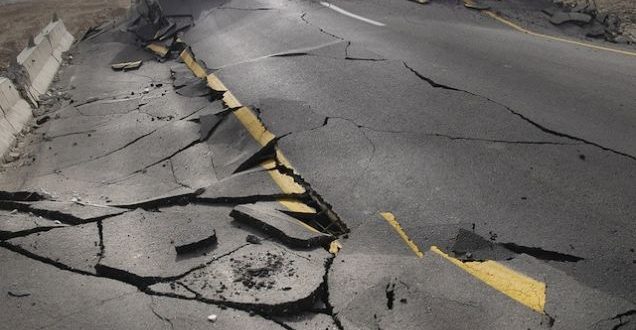A major earthquake on one fault line can trigger large aftershocks on separate faults, according to a new research by the Scripps Institution of Oceanography at UC San Diego.
In the study, published in the Sept. 9 issue of the journal Science, Scripps geophysicist Peter Shearer and Scripps graduate student Wenyuan Fan discovered 48 previously unidentified large aftershocks from 2004 to 2015 that occurred within seconds to minutes after magnitude 7 to 8 earthquakes on faults adjacent to the mainshock ruptures.
In one instance along the Sundra arc subduction zone, where the magnitude 9 Sumatra-Andaman mega-earthquake occurred off the coast of Indonesia in 2004, a magnitude 7 quake triggered two large aftershocks over 200 kilometers (124 miles) away. These aftershocks miles away reveal that stress can be transferred almost instantaneously by the passing seismic waves from one fault to another within the earthquake fault system.
“The results are particularly important because of their seismic hazard implications for complex fault systems, like California,” said Fan, the lead author of the study. “By studying this type of triggering, we might be able to forecast hosting faults for large earthquakes.”
Large earthquakes often cause aftershock sequences that can last for months. Scientists generally believe that most aftershocks are triggered by stress changes caused by the permanent movement of the fault during the main seismic event, and mainly occur near the mainshock rupture where these stress changes are largest. The new findings show that large early aftershocks can also be triggered by seismic wave transients, where the locations of the main quake and the aftershock may not be directly connected.
“Multiple fault system interactions are not fully considered in seismic hazard analyses, and this study might motivate future modeling efforts to account for these effects,” said Shearer, the senior author of the study.
The National Science Foundation funded the study.
Agencies/Canadajournal

 Canada Journal – News of the World Articles and videos to bring you the biggest Canadian news stories from across the country every day
Canada Journal – News of the World Articles and videos to bring you the biggest Canadian news stories from across the country every day

